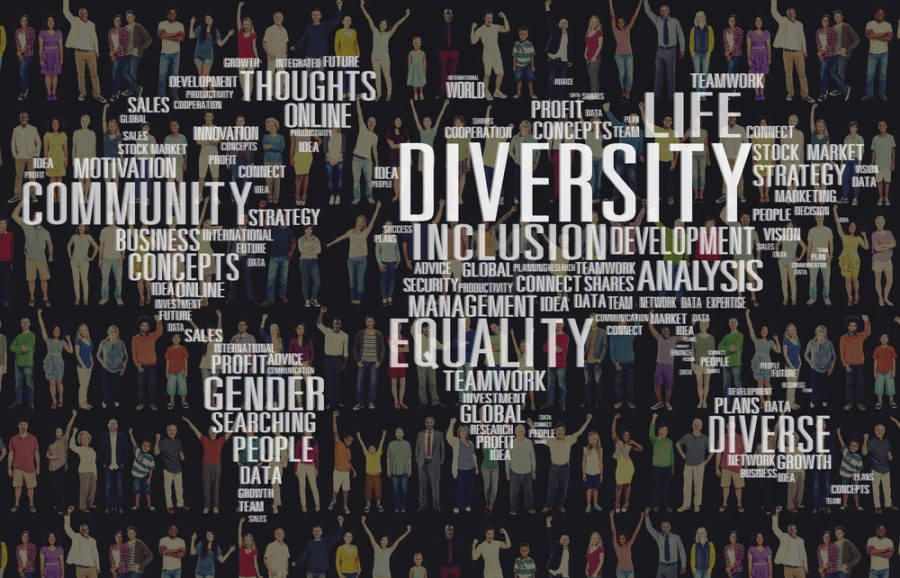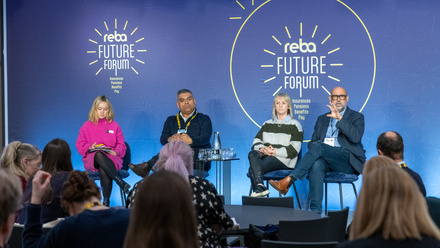How to create an industry-leading global reward strategy that is truly inclusive

But prioritising diversity in your recruitment strategy is not enough. To attract and retain the right talent, an employee benefits programme that meets the needs of a diverse workforce is also imperative.
Large, global companies tend to have a better track record when it comes to offering inclusive benefits. Of the 2,564 employers who responded to the UK government’s recent Sickness, absence and health in the workplace survey, just 44% of smaller companies took a proactive approach to managing employee health and wellbeing, compared with 72% of large employers.
But operating in a range of countries brings its own challenges. As global consultancy Deloitte said in its 2017 Diversity and inclusion: The reality gap report: “The specific challenges for diversity and inclusion will likely vary widely from region to region, and employees’ interests and concerns will likely differ as well.”
So how do you ensure your reward strategy is truly inclusive on a global level? Breaking with tradition is a good start.
The problem with traditional employee benefits programmes
Employee benefit programmes were originally developed for a largely male workforce within a defined age range. Often only offered to high-level staff, they were also underpinned by out-dated assumptions, such as male employees would have wives to manage childcare and household chores.
Continuing to follow traditional benefits models therefore leaves companies at risk of alienating huge swathes of the modern working population, including working mothers and the LGBT+ communities.
“If employers want to attract young talent, having a diverse and inclusive culture is key,” said Association of British Insurers director Yvonne Braun, who is a role model for the LGBT+ Insurance Network. “Millennials in particular look for diverse and inclusive employers.”
How to make your employee benefits programme more inclusive
An inclusive global reward strategy should allow all employees access to relevant benefits, regardless of their age, gender, religion, disability profile and location.
So, the first step to achieving this is to assess your current programme for any gaps. This could include ensuring that the cost structure of benefits, such as health insurance, does not offer family rates that cannot be enjoyed by single-parent families, for example.
It could also include supporting people of different religious backgrounds by offering floating holidays, rather than simply offering days off at Christmas time.
Equally important is to ensure benefits are offered to the whole workforce, not just those at senior management level.
One cost-effective way to do this is to offer group income protection that includes a range of added value wellbeing benefits that are available to all. Another is to encourage employees at all levels to work together for a good cause.
Fanny Oppitz, HR officer at GEB, said: “Allowing employees to use their working time to support a good cause such as an non-profit organisation is one way to improve inclusion.
“More and more companies propose such benefits, which allow employees to have more sense of purpose, broaden their perspectives and develop at all levels.”
For multinationals, it is also vital to define minimum standards for the level of support the company will offer globally. These standards should take into account employee needs, as well as legal requirements in all locations.
Georgina Perry of consultancy The HR Difference, said: “Research the benefits your staff will value and seek to look at these through the eyes of different segments of your workforce to ensure they work for everyone.”
Only then can you start to design a strategy to implement the necessary changes within three or five years.
Once this has been decided, practical steps you can take to ensure the strategy is successfully adopted include offering inclusivity training, such as unconscious bias sessions, to managers.
“It is important to support and invest in your managers and leaders,” said Perry.
Once the new benefits programme is in place it needs to be communicated in an inclusive way. This could, for example, involve mentioning how healthcare schemes support transgender staff, or flagging up flexible working options designed to help those caring for children or elderly relatives.
Five steps to a more inclusive global reward strategy:
- Assess your existing benefits programme
- Set minimum standards for all
- Define and create a global reward strategy based on these standards
- Support leaders to facilitate adoption
- Communicate the new strategy in an inclusive way
The author is Damian Ross, regional manager UK, Ireland and Nordics, Generali Employee Benefits Network (GEB).
This article is provided by Generali Employee Benefits
Supplied by REBA Associate Member, Generali Employee Benefits Network
Generali Employee Benefits' solutions are to protect and enhance the wellbeing of their workforce.







